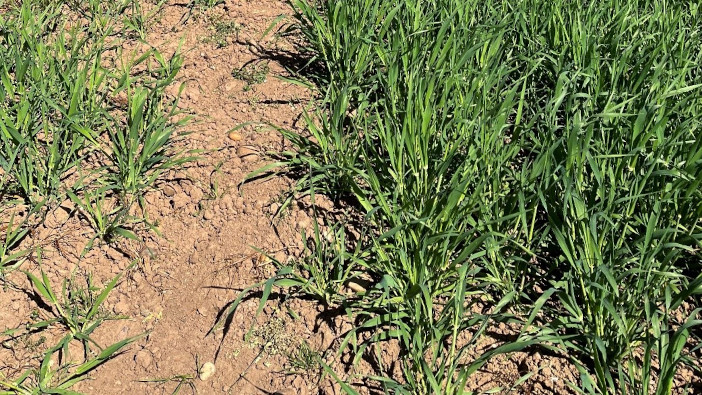New field trials this year by SGS, on behalf of the National Association of Agricultural Contractors (NAAC) show that larger seed sizes result in higher vigour, emergence, crop height and rooting weight.
The results are important as growers will be looking at risk management this autumn and spring, as input costs continue to rise. This will force farms to juggle crop establishment with agronomy costs and cash flow, with commodity prices a relative unknown for 2023.
Farm-saved seed will be an obvious choice for many, but every seed must have the best opportunity to grow and produce a productive yield. Integrated farm management techniques can help growers minimise input applications but the seed needs to be as viable as it can be.
NAAC seed processors have long suspected that seed size made a significant difference but there was a lack of independent research. Initial trials in Cornwall indicated the link, leading to the organisation commissioning glass house trials of winter wheat and spring barley in 2020.
The initial results support the seed processors, showing that bigger seeds led to improved germination, emergence and vigour.
| Winter Wheat | % Germination | % Emergence | Vigour |
| Fraction 1: TWG 60 | 85 | 90 | 96 |
| Fraction 2: TWG 40 | 75 | 90 | 95 |
| Fraction 3: TWG 28 | 70 | 80 | 81 |
| Fraction 4: TWG 16 | 32 | 24 | 30 |
| Spring Barley | % Germination | % Emergence | Vigour |
| Fraction 1: TWG 50 | 92 | 92 | 94 |
| Fraction 2: TWG 36 | 86 | 88 | 87 |
| Fraction 3: TWG 26 | 80 | 80 | 80 |
| Fraction 4: TWG 15 | 70 | 70 | 70 |
The next step was field trials. In autumn 2021, the NAAC commissioned a fractional seed size trial with SGS, which planted the seed and monitored crop growth, taking the final crop to harvest.
Winter wheat and spring barley were sorted by size into four different fractions, varying from >2.8mm and <2.22mm in size; receiving the same inputs pre- and post-drilling. The results to date are showing that larger seeds perform significantly better than smaller seeds.
Commenting, Richard Jones, NAAC seed section chairman said: “Our results clearly show the benefits of using quality processed farm-saved seed, selected for size to balance cost and output. By selecting the largest seed sizes, growers can help their crop get well-established and ahead to potentially benefit from higher yields in the final harvest.”
These trials are now being taken to harvest where final yield results will be analysed.


